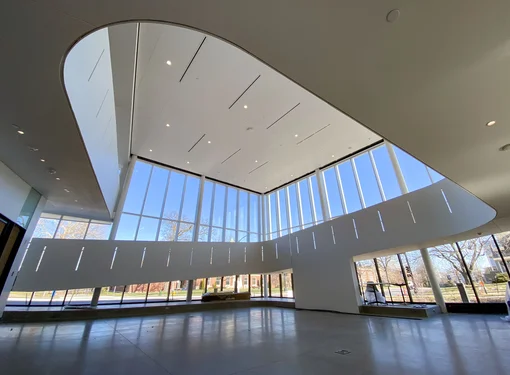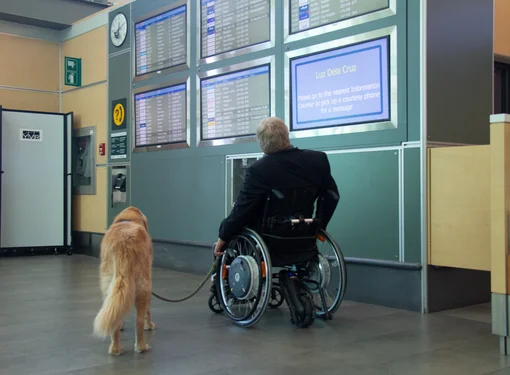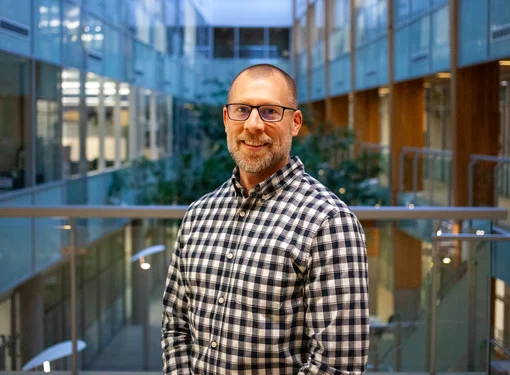Disability and Diversity: Creating a Culture of Inclusion
What is diversity?
According to Merriam-Webster, “diversity” is defined as “the condition of having or being composed of differing elements; variety; especially the inclusion of different types of people (such as people of different races or cultures) in a group or organization.” However, often people with disabilities are not automatically included when we think about the fabric of a diverse society. This omission doesn’t make sense when you consider that:
• Approximately 1 in 7 Canadian adults live with a disability and this is expected to grow to 1 in 4 by 2036 due in large part to our aging baby boomer population. There are varying forms of temporary and permanent disabilities and anyone can become disabled at any time
• Education and understanding of disability is essential to create a more inclusive, productive, and functional society.
In the workforce, recent studies prove that there are many benefits to a diverse workforce. Diversity can be a driver of innovation, increase financial performance, and act as a catalyst which creates a more positive and productive office culture.
Representation of people with disabilities in Hollywood: an opportunity for diversity
Diversity can often thrive in modern, artistic spaces. You’ll see art pieces, performances, written works, and more produced by people of different cultural backgrounds, sexual orientations, and disabilities. However, a recent article suggests that while Hollywood tries to champion diversity, that doesn’t always mean more roles or better parts for actors with disabilities.
Between 2007 and 2016, more than 900 Hollywood films were made, but only 2.7 percent of actors with speaking parts in those films had a disability. Also, actors portraying people with disabilities may not actually be disabled themselves. One study looked at 21 different TV series available on streaming services. On those shows, 17 actors portrayed characters with disabilities, yet only two of those performers were disabled in real-life. When John Krasinski of ‘The Office’ famecast Millicent Simmons, a young deaf actress in the role of his hearing-impaired daughter in the 2018 horror blockbuster ‘Silence’, it was due to both her skills and his artistic vision of authenticity in the role. A more diverse cast allowed the film to push boundaries and created a stronger film overall!
Greater diversity in media can have various positive outcomes:
- Creates positive examples for pre-teens and teens who often look for role models among celebrities
- Increases public knowledge of the barriers to accessibility encountered by people with disabilities
- Combats feelings of exclusion from participating in society felt by people with disabilities
- Helps create a more authentic and effective piece of art, like the example of the film ‘Silence’
Hollywood is not the only place which could benefit from increased diversity through representation of people with disabilities. However, sometimes it’s challenging to realize the invisible (and visible) barriers to disability diversity within organizations. It is not always simple - but always valuable to create inclusivity by removing barriers .
How Can Employers Encourage Diversity by Supporting Workers with Disabilities?
Many employers say that they are committed to a diverse work environment. However, to achieve true diversity, that commitment needs to be more than just hiring different kinds of people. Diverse and inclusive, workplaces must support the needs of all their employees, including those with disabilities. Here are a few suggestions!
1. Develop an inclusive and welcoming corporate culture
A large part of supporting workers with disabilities is setting the tone for a positive workplace culture. The HR Council suggests several measures:
• Demonstrate a top-down dedication to fostering an inclusive climate
• Provide diversity education
• Develop and enforce diversity, anti-discrimination, and anti-harassment policies and procedures
2. Identify and remove barriers to accessibility in the built environment
Workplaces may need a modification of their offices to fully accommodate a diverse workforce. It may to surprise you to learn the little things you take for granted in your daily life which can be a physical barrier to people with disabilities. A few suggestions to improve accessibility:
• Consider getting your workplace rated for accessibility through theRick Hansen Accessibility CertificationTM (RHFAC) Program. This rating will provide you with a roadmap of what you’re doing well and where improvements can be made.
• Have an open line of communication with any workers who have a disability. They will be the best people to convey what they need.
3. Create a socially inclusive workplace in and out of the office
The National Collaborative on Workforce and Disability suggests that the best way to combat attitudinal barriers is through familiarity and “getting people with and without disabilities to mingle as coworkers, associates and social acquaintances. In time, most of the attitudes will give way to comfort, respect and friendship.” There a many ways to ensure your workplace is socially inclusive:
• Choose accessible team building activities which everyone in the office can participate in fully
• Ensure communications at team gatherings are given or provided in formats used by people of varying abilities.
• Choose locations for social event venues which are physically accessible, from small casual gatherings like happy hour drinks to large annual events like your office Christmas party!
Finally, there’s one small but significant thing that everyone can do to be impactful in the drive towards diversity. Continue to be a part of the conversation, by learning, sharing articles, and talking about these ideas with friends and coworkers.







